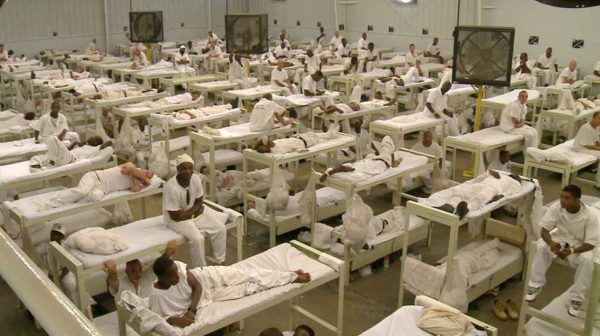The United States evacuates Afghanistan after 20 years

U.S. troops help evacuate Afghan citizens from Kabul.
Over these past few months, the United States undertook one of the most significant military operations of its history-the complete evacuation of its armed forces from Afghanistan, which it had occupied since 2001. The retreat, leaving at least 13 American service members and hundreds of Afghans killed, and a further 150,000 Afghan allies stranded in a country now hostile to them, has stirred up immense controversy in the U.S.
In late 2001, the United States military, under President George W. Bush, first invaded Afghanistan. Then troops focused their attention on controlling the Taliban, a fundamentalist movement widely considered to be a terrorist group. The U.S. remained in the country for 20 years as they attempted to establish a democratic Afghan government and crush Taliban insurgents. Throughout the conflict, the U.S. lost over 2,000 service members and spent more than 2 trillion dollars on the war effort.
The first official talks of withdrawing from Afghanistan began with President Barack Obama back in May of 2014, when he announced a plan for the full withdrawal from the country by the end of 2016. However, America remained embroiled in the conflict by the time Donald Trump assumed the presidency. It was not until November of 2020 that the Pentagon officially announced a new plan to substantially reduce troop numbers in the country. After being inaugurated on January 20th, President Joe Biden promised a full U.S. withdrawal from Afghanistan by September 11, 2021.
Efforts for the retreat began on May 1st of this year. In July, Bagram Airfield, the largest military installation within Afghanistan, was evacuated. This resulted in thousands of American service members being flown out of the country. However, serious issues began to appear in early August as the Taliban started to occupy the capitals of certain provinces. Historically, while the insurgent Taliban militias provide a threat within the Afghan countryside, they typically are kept out of large cities and towns due to America’s presence. The fall of major cities only accelerated in the following week, leaving major cultural urban centers in the hands of the Taliban by mid-August. On August 15th, the Taliban crucially acquired the occupancy of the country’s capital of Kabul, and the last U.S. forces in Afghanistan withdrew behind a fenced-off compound around Kabul airport, evacuating the American Embassy in the city.
Evacuation from this compound continued, only ending on August 30th as the last troops were airlifted out of Kabul airport. Tragically, on August 26th, four days before the end of the withdrawal, the Afghani branch of ISIS, a terror organization based in Syria and Iraq, detonated two bombs located outside the airport, resulting in the deaths of over 200 Afghanis and 13 U.S. service members.
In the meantime, the retreat left behind 150,000 to 250,000 vulnerable Afghan citizens and their families who aided the U.S. or coalition forces in their fight against the Taliban.
The American withdrawal from Afghanistan somewhat succeeded in that it safely evacuated the vast majority of American service members and citizens back to the United States after years of strife. However, the notable casualties acquired during the retreat, the abandonment of thousands of American allies, and the ultimate failure of the War on Terror in Afghanistan will undoubtedly leave a dark mark on the history of this nation.










